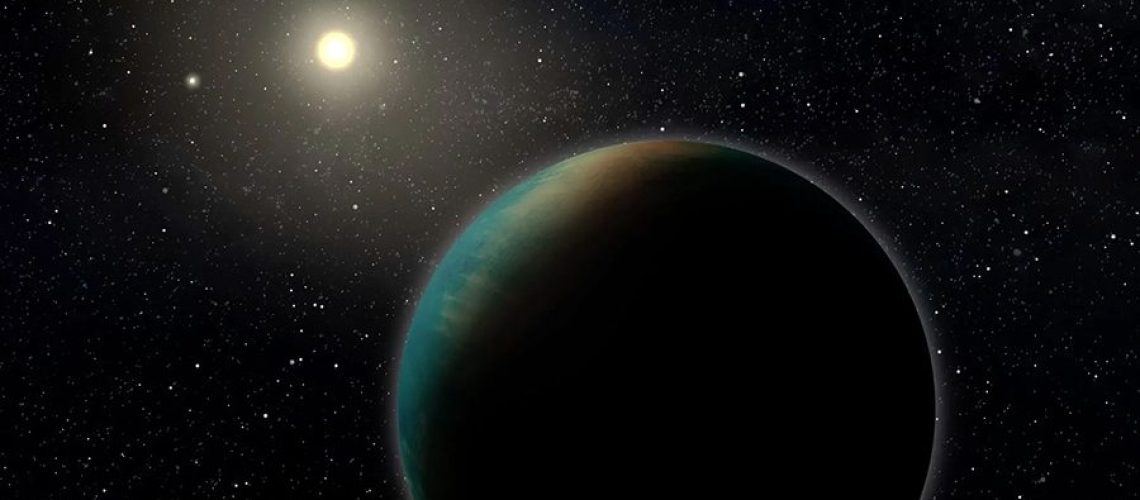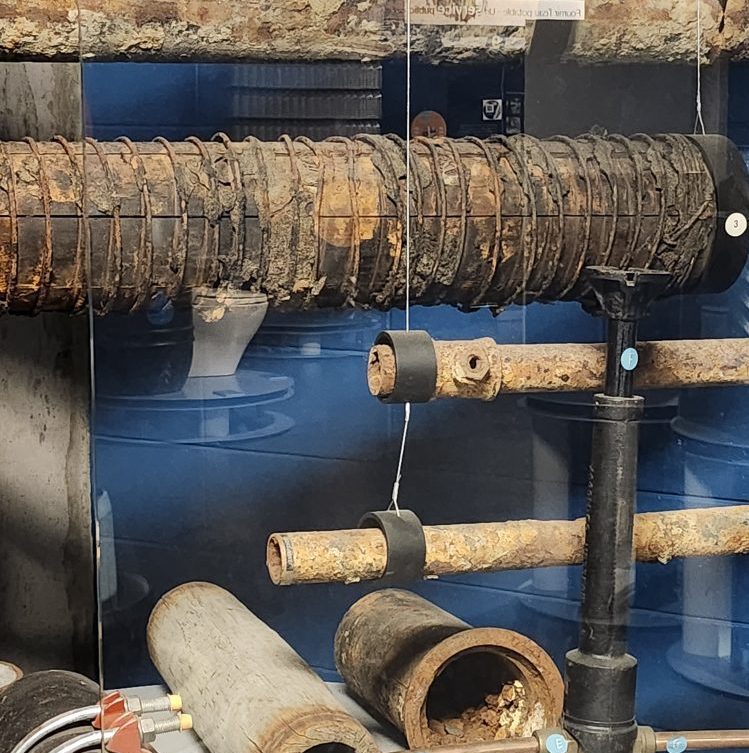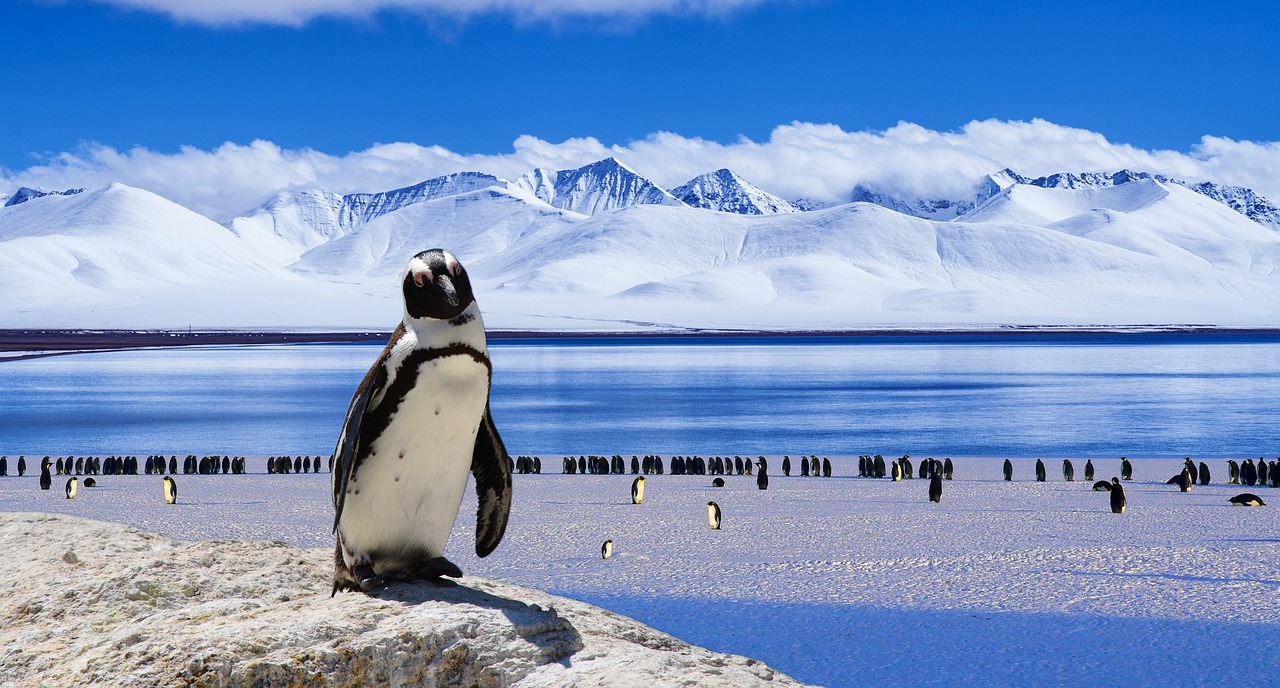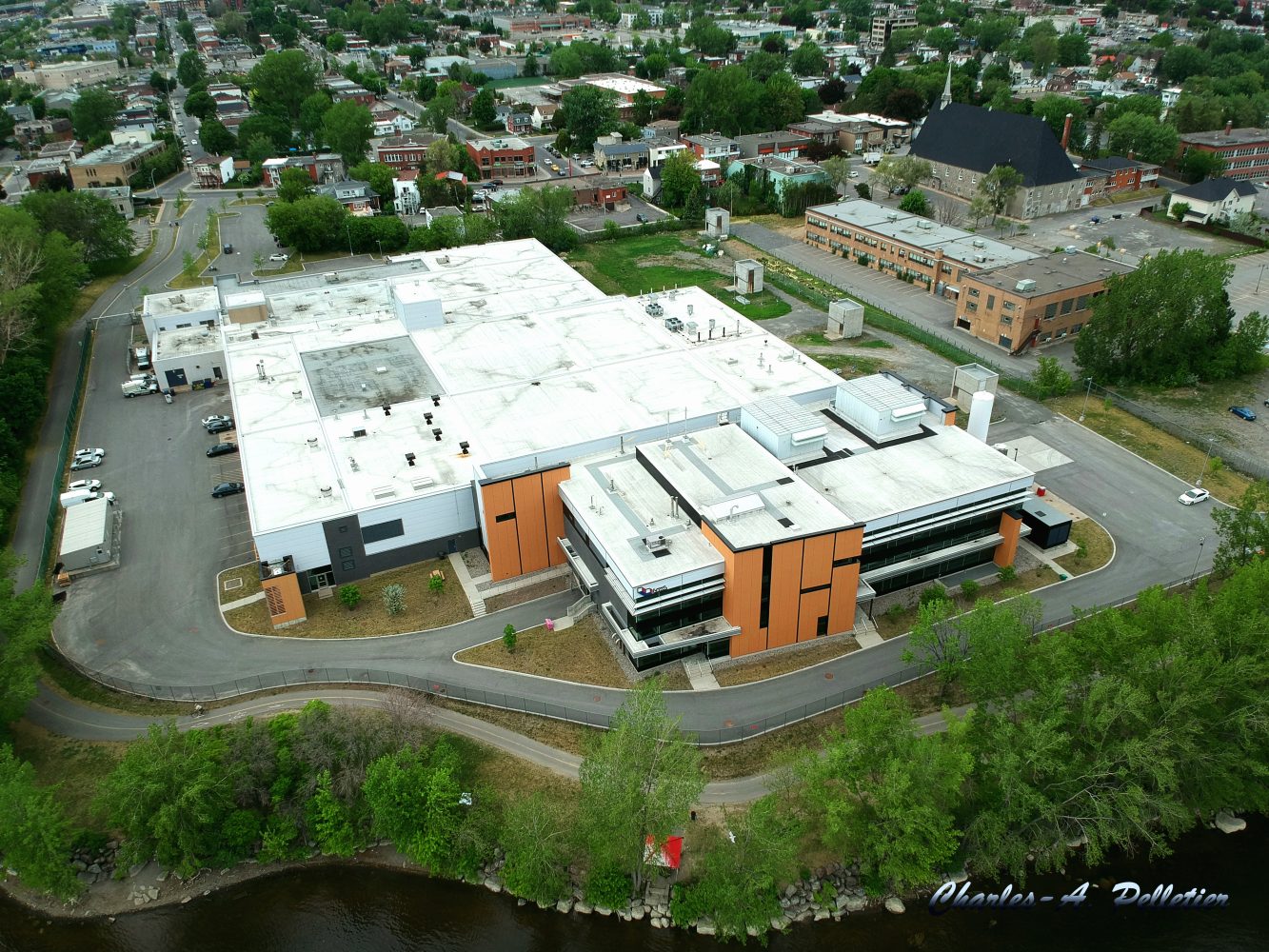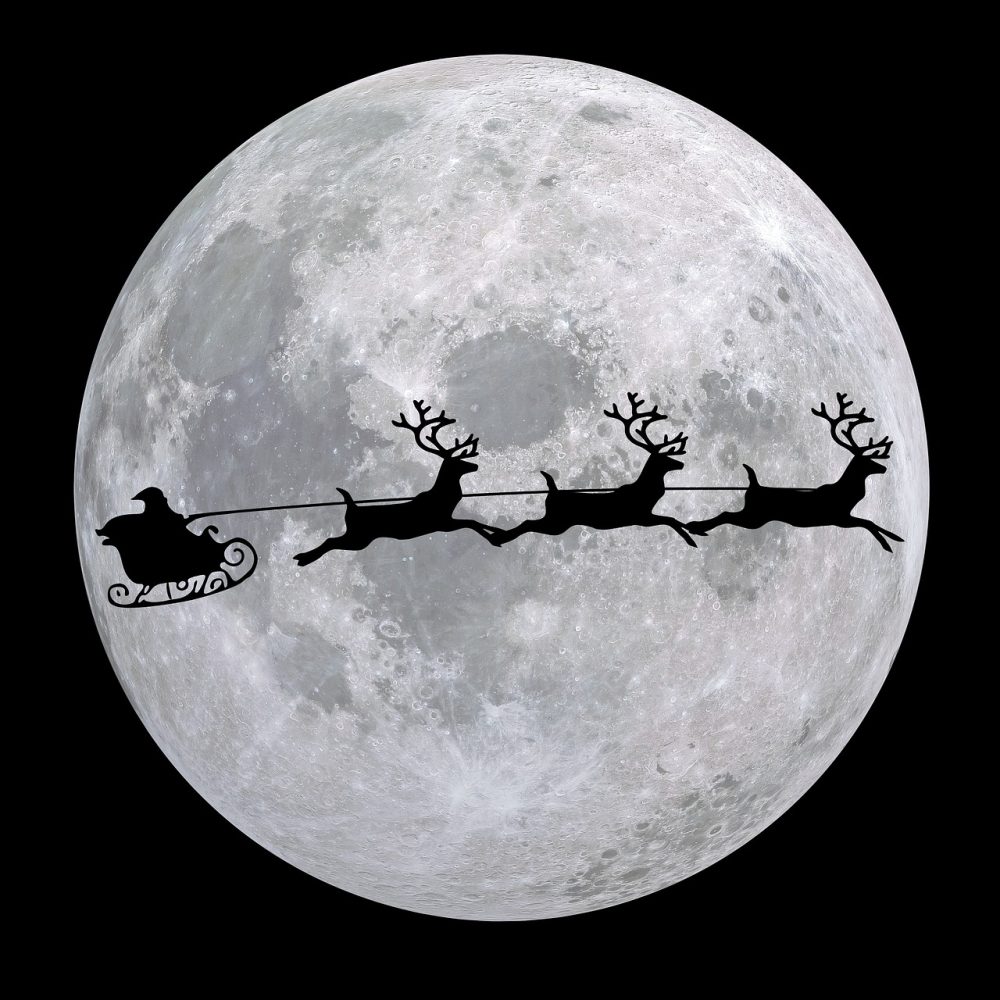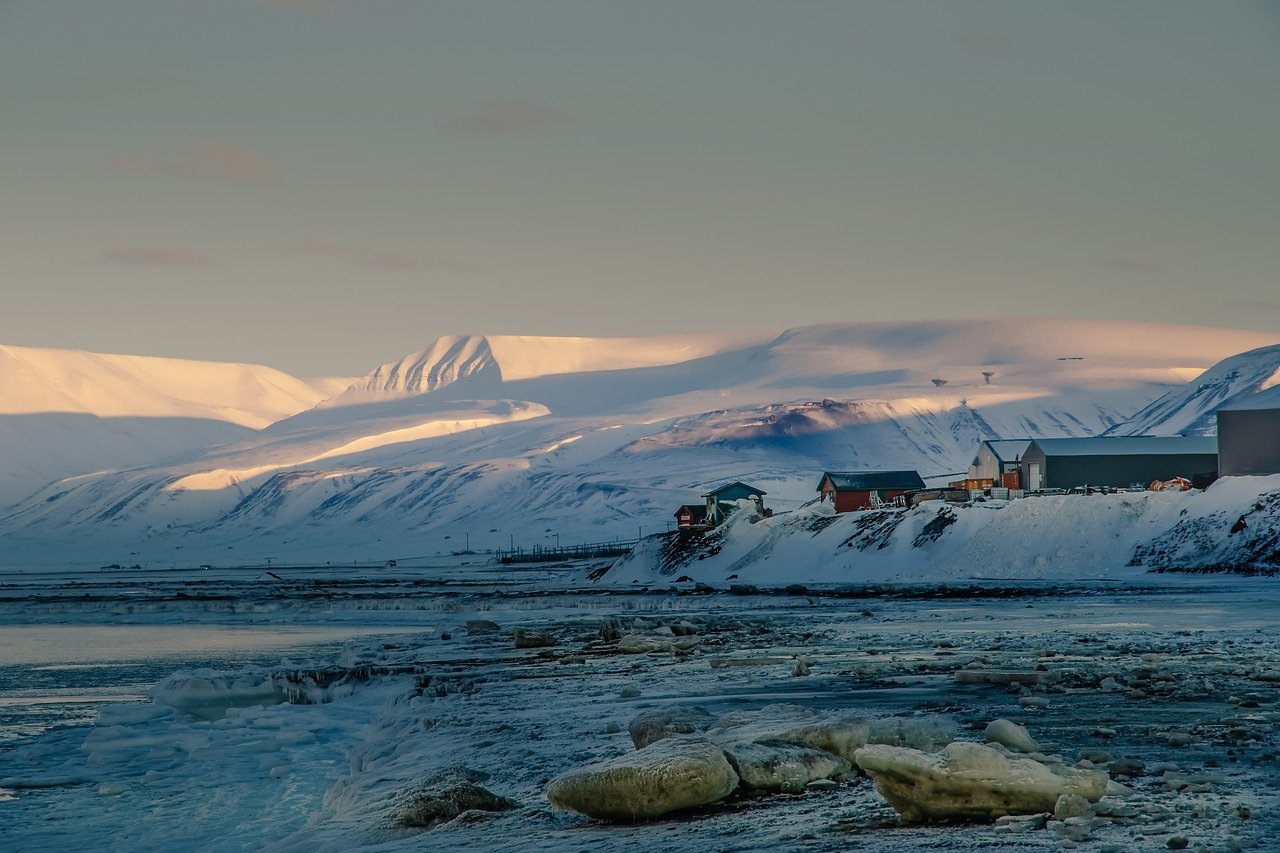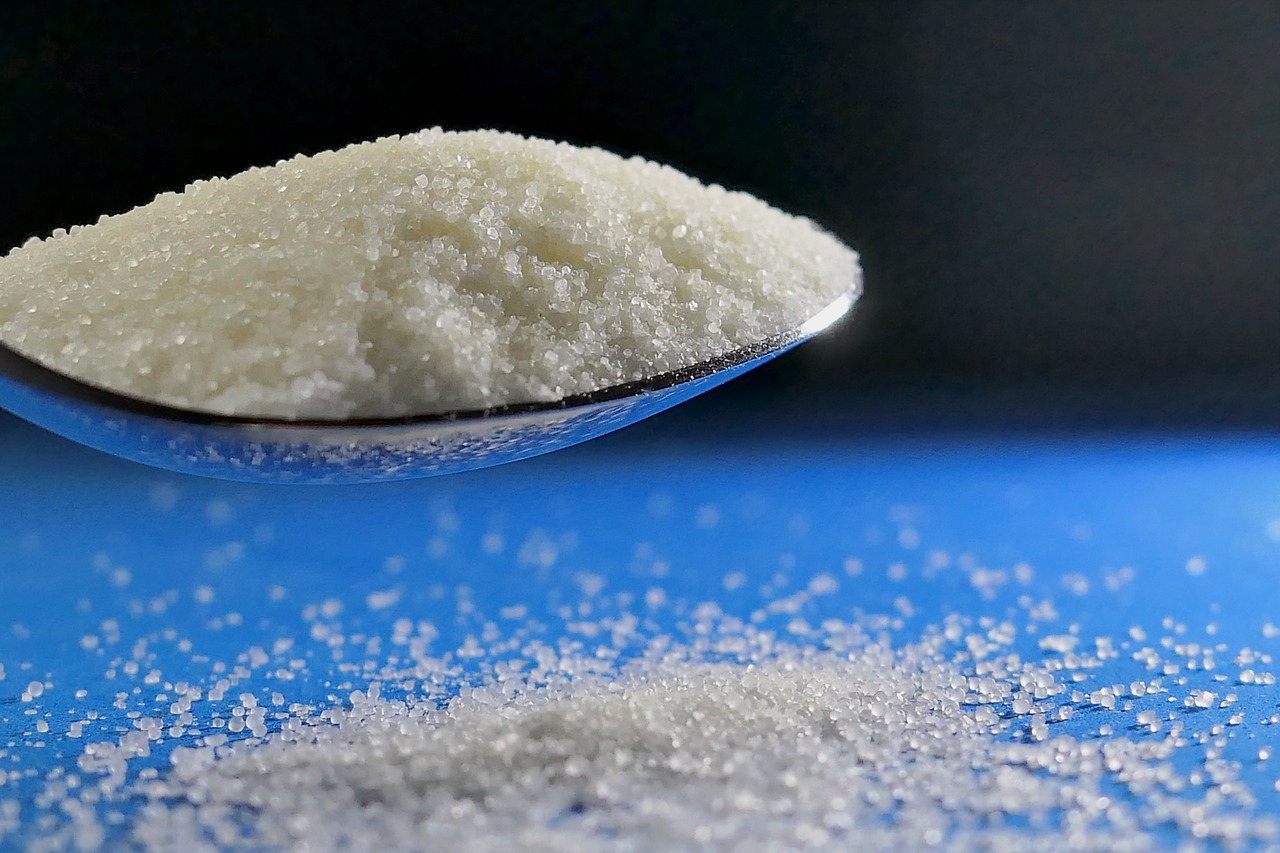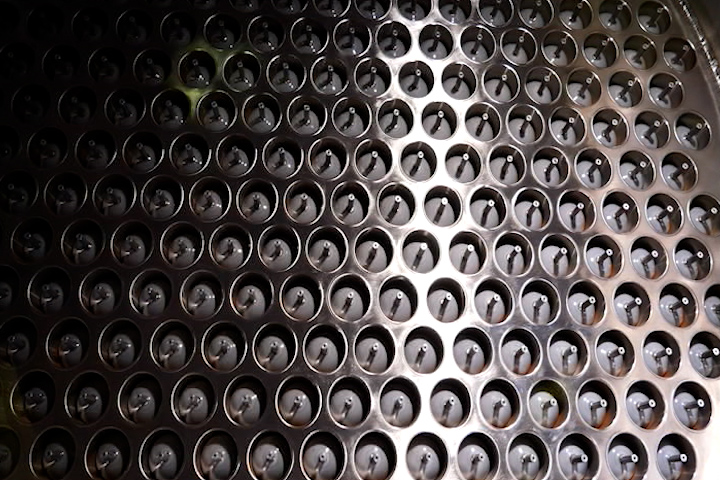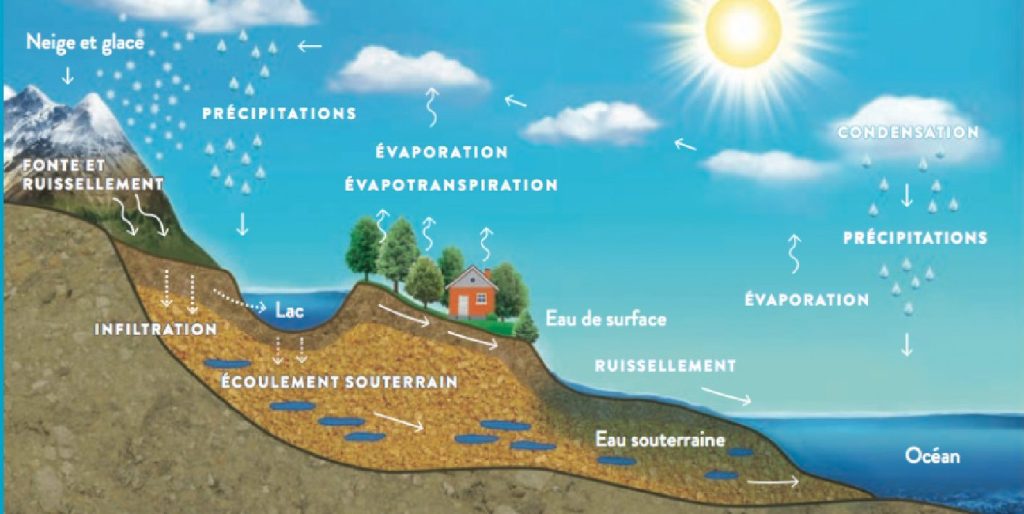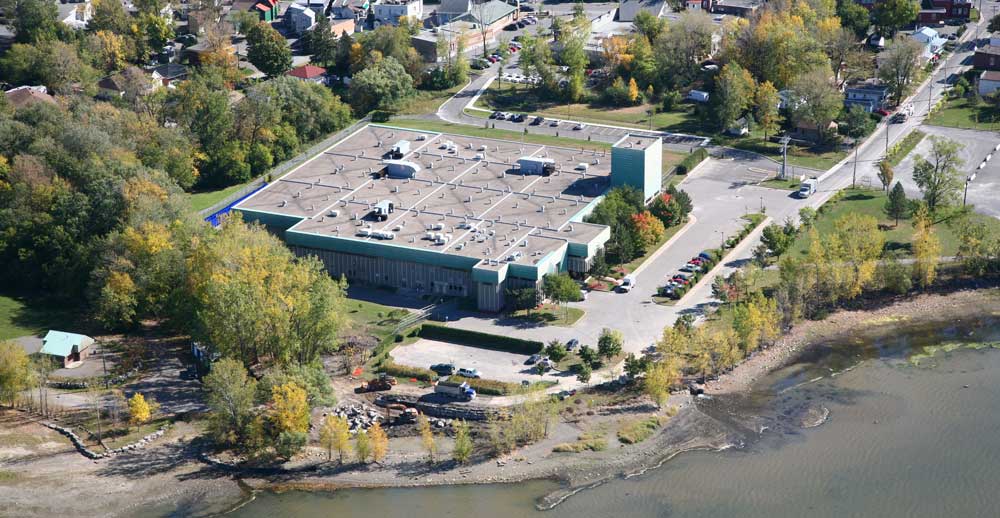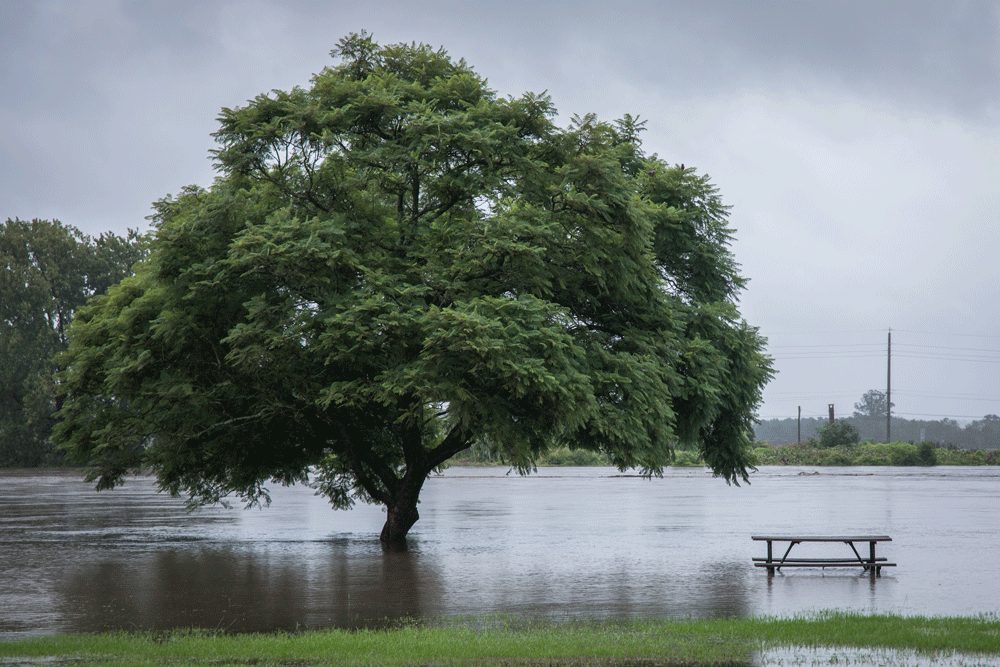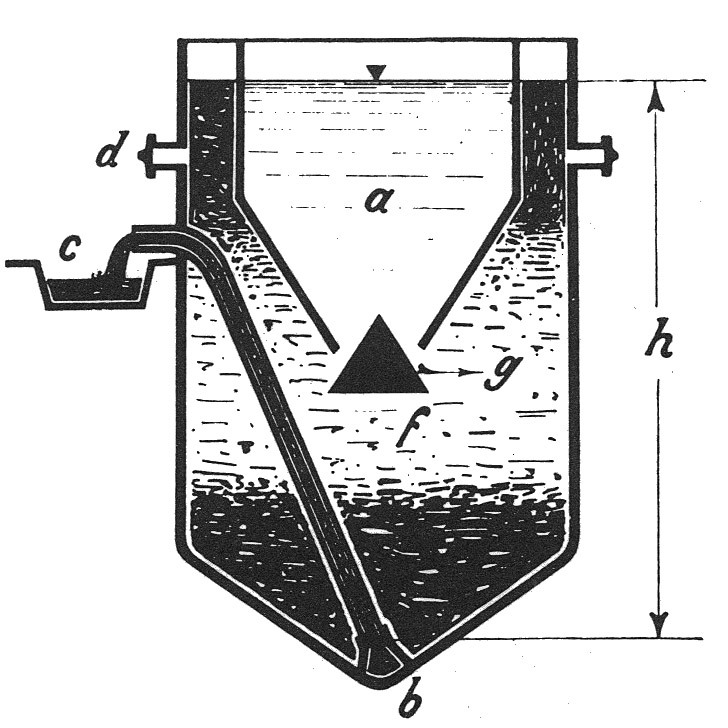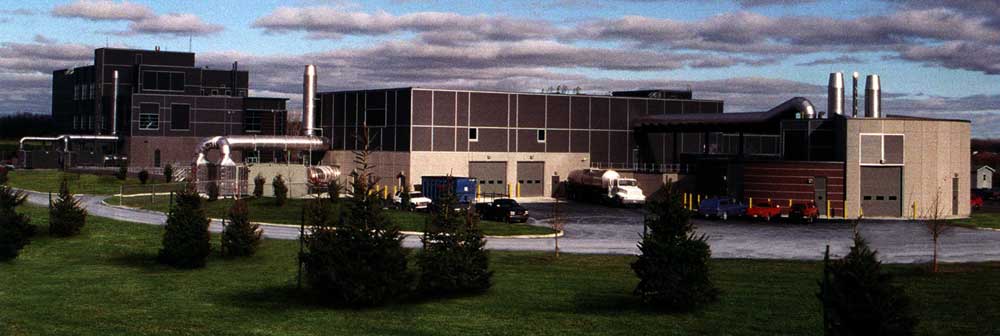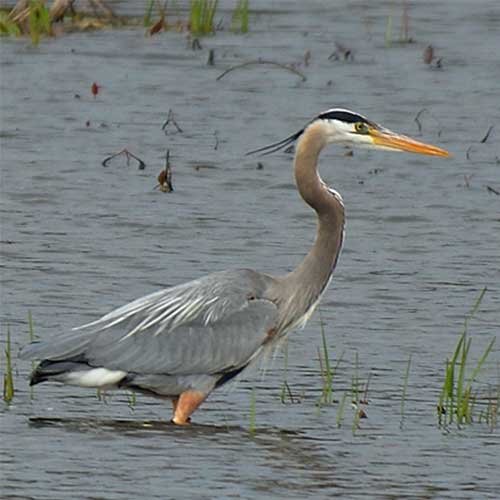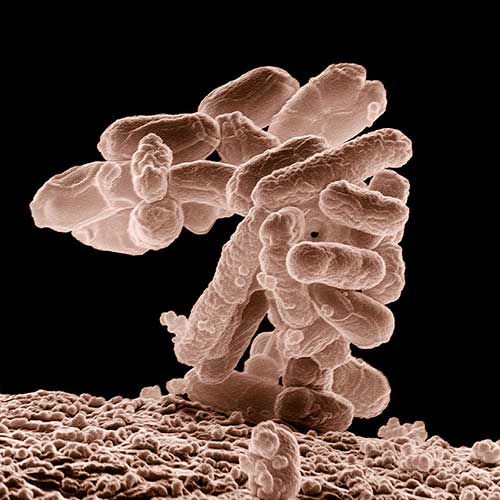By Benoit Chevrier, Project Manager, C.I.EAU
It’s now possible to explore the cold, dark space that contains many molecules like water, a major source of curiosity. We spoke to Marie-Eve Naud, Scientific Coordinator for Education and Outreach at the Trottier Institute for Research on Exoplanets (iREx), to find out more about the presence of water in the Universe.
Water everywhere in the Universe
Ms. Naud reminds us of the importance of water in the study of exoplanets. The scientist, who holds a doctorate in astrophysics from the Université de Montréal and a master’s degree in astrophysics from the same institution, explains how other planetary systems are studied.
We’re still in the early stages of exoplanet research, as Ms. Naud points out: “We’re discovering an unknown Universe. But one thing is certain: water is present in the Universe.
Local discoveries radiate outwards
The scientist points out, with a touch of pride, that many Quebecers contribute to the advancement of the study of planets outside our Solar System. A few examples? Christian Marois, René Doyon and David Lafrenière, who in 2008 contributed to the discovery of three exoplanets around HR 8799, a star 129 light-years away, or Björn Benneke, who participated in the recent detection of carbon dioxide in the atmosphere of an exoplanet.

Quebec scientists have also recently announced the discovery of a planet that may be covered in water. This observation was reported by Charles Cadieux, an astrophysicist and doctoral student at the Université de Montréal. His discovery raises new questions about the composition of planets. As Ms. Naud points out, although the Earth is 70% water, it is essentially a ball of rock and metal, with water making up a negligible fraction of its volume.
An ocean planet?
Scientists use high-performance telescopes and instruments to study the passage of a planet in front of its star. The data collected enables them to study various aspects, such as the size of the planet and the extent and composition of its atmosphere. Another way of studying planets is to look at the gravitational effect a planet has on its star, which gives an idea of its mass. It is thanks to these two types of observation that the Quebec experts were able to conclude that a significant portion of the planet called TOI-1452 b could be composed of water, or other substances with a similar density. This planet is located in the constellation of the Dragon, 100 light-years from Earth.
Future-oriented research
Madame Naud pointed out that there’s still a lot of work to be done to learn more about exoplanets.

Research in this field is booming in Quebec. The presence of water is certainly interesting, because on Earth, water is intimately linked to life. Could it be the same on other planets? We don’t know yet!
That’s the beauty of astronomy and science in general. When you listen to Ms. Naud talk about it, you hear the passion that inspires the mysteries of our Universe. It’s all there for you to discover!

